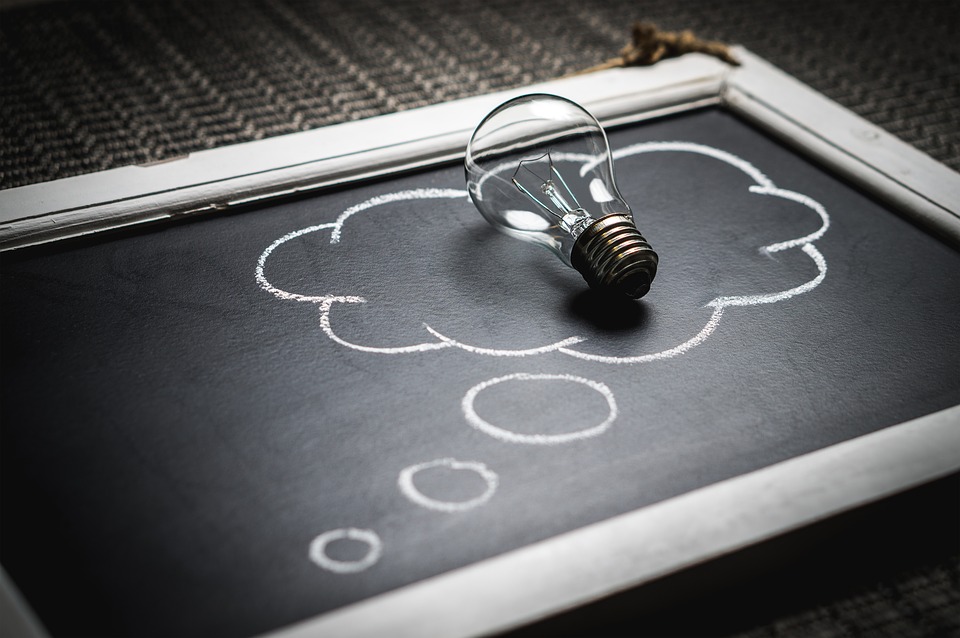
Association and memory go together. We remember information when we associate new information with what we already know. Our brains file or connect new information to related or associated information. That way, we know where to get information when we need it and new information makes sense. That’s learning in a nutshell. But can memory association be used to improve academic scores or remember people’s names? Yes, it can. Here’s how.
Name Recognition
If you meet a woman who tells you her name is Martha and if you don’t form an association right then, chances are you won’t remember her name five minutes later. To form an association, you must link her name with something that will remind you of the name Martha.
Here is what I would associate with the name Martha. Mary and Martha of the Bible were two sisters. Martha was the sister who labored in the kitchen and complained that she had to do all the work. Now in your mind, picture the woman you just met. She is slaving away in the kitchen and complaining about having to do all the work herself.
The next time you meet Martha, you should remember her name. You will bring up the association that she (like Martha of the Bible) is the kitchen laborer. In fact, you will probably visualize her laboring away in the picture in your mind. If this doesn’t do it for you, you can always associate this woman’s name with someone else you know who’s named Martha. Either way, it’s association at work.
Information Recall
When we have more than about seven items to remember at once, we don’t do well at remembering all the items. We have limited ability to keep all the items in working memory. That’s why our brains categorize and subcategorize information. Here is what I mean. If you have twenty objects to remember and a minute to view them before they are removed from sight, will you be able to recall all twenty items? You will probably leave out several. Give it a try with these twenty items.
Stare at this list of objects for one minute, and remove it from sight. Then list as many items as you can remember: ink pen, dog bone, shoelace, feather, eraser, tea bag, barrette, pinecone, rubber band, candy wrapper, ruler, twig, drinking straw, wire hanger, flat rock, postage stamp, plastic fork, flip-flop, bandanna, and a seashell.
Limitations of Working Memory
How many did you remember? If you already know how to use associations to your advantage, you might have remembered them all. If you made no associations, your brain probably had difficulty holding twenty objects in working memory. But here’s the catch, your brain would have easily held four groups in working memory, even though holding twenty items had been difficult.
Making Associations
There are a variety of ways you might have formed associations using all the objects in the list. Here are four possible group associations you could have made out of these twenty items.
- Items associated with a desk include: ink pen, eraser, rubber band, ruler, and postage stamp.
- Items associated with eating include: dog bone, tea bag, candy wrapper, drinking straw, and a plastic fork.
- Items associated with nature include: feather, pinecone, flat rock, twig, and seashell.
- Items associated with wardrobe include: shoelace, wire hanger, bandanna, flip-flop, and barrette.
If I were to ask you to name the objects in the nature group, could you do it? How about the food group, the wardrobe group, and the desk group? For each group, you must only remember five items, and your brain can easily catalog those five items under group headings. See how much easier memory is when we make associations?
Practical Uses for Making Associations
What practical use does all this association-making have? It’s how we learn and it’s an important study skill. Breaking vast amounts of information into manageable chunks helps with memory. That lengthy chapter a student must study for a test can be broken down into units and units into headings and headings into details. Making associations or connections in the brain helps us learn new information and helps us form memories that are more likely to stick and be retrievable.














